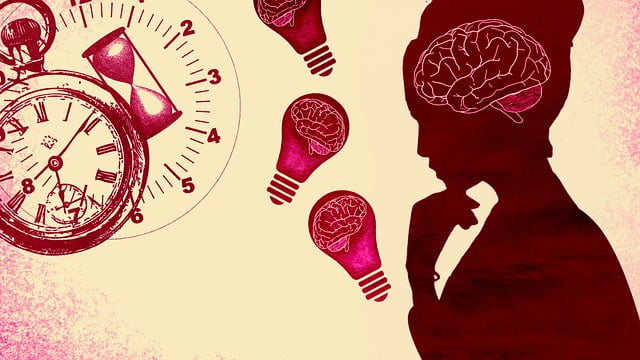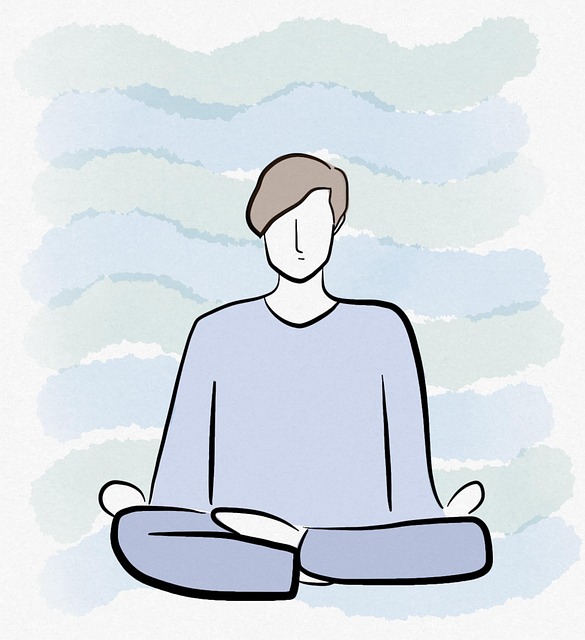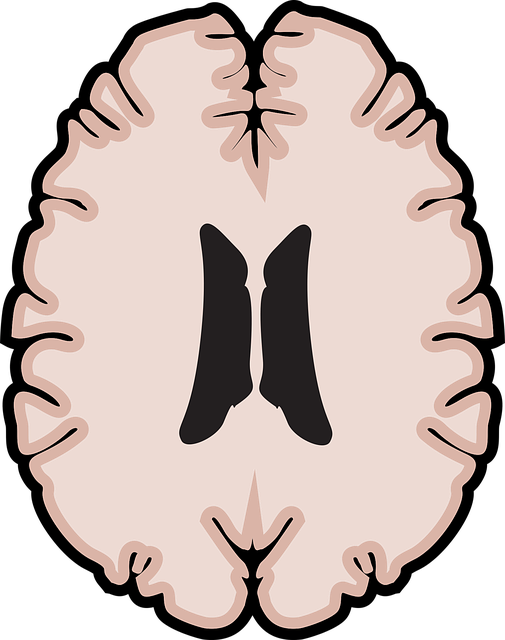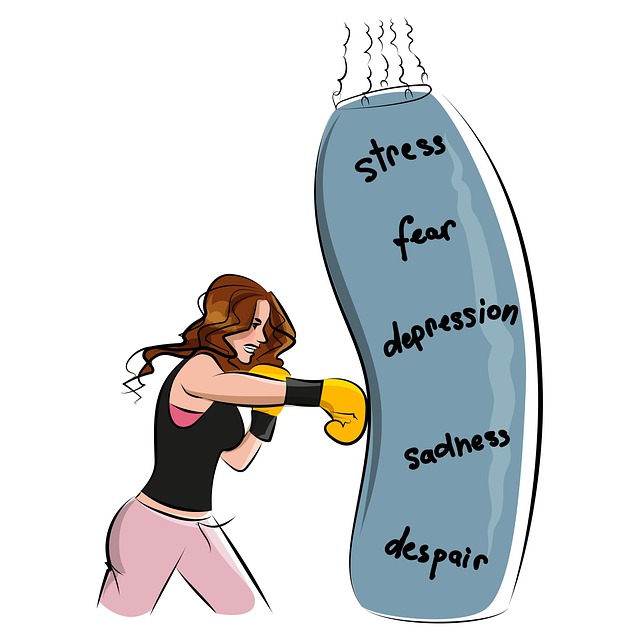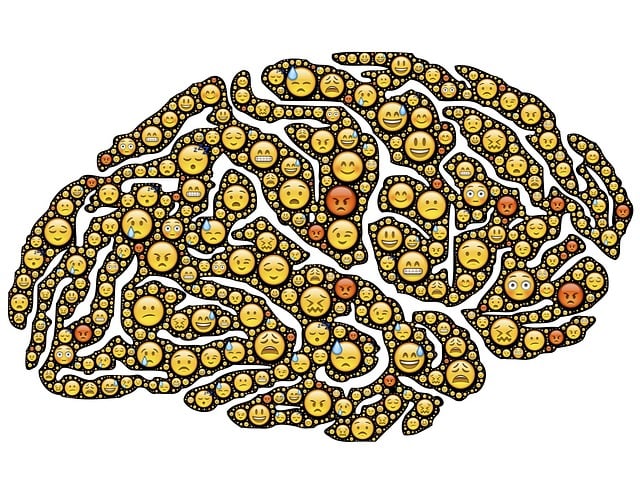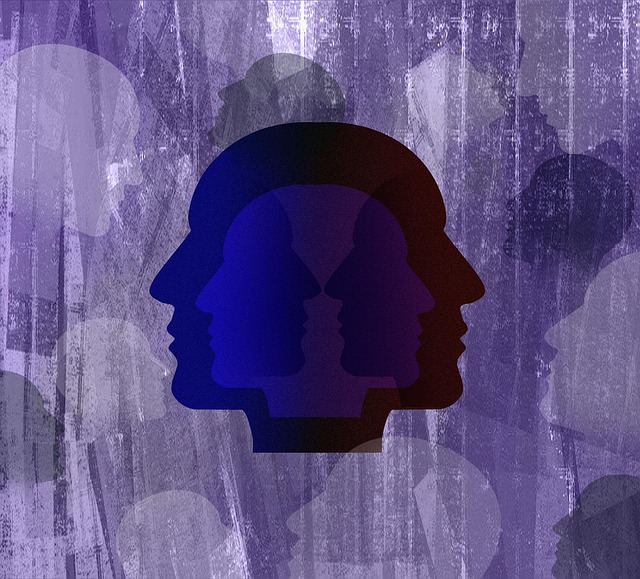Public awareness campaigns leverage therapeutic tools like Eye Movement Desensitization and Reprocessing (EMDR) and Mental Wellness Journaling Exercises to empower young adults (18-35) with emotional growth techniques. Emerging as a revolutionary game-changer, EMDR therapy for young adults effectively addresses trauma and promotes mental wellness through bilateral stimulation, eye movements, and self-awareness exercises. To engage this demographic, creative strategies focusing on Mind Over Matter principles and leveraging social media, along with culturally sensitive healthcare provider training, are key to successful campaigns. By measuring changes in knowledge, attitudes, and behaviors related to mental health, stakeholders can assess campaign effectiveness and influence policy advocacy for improved access to EMDR therapy and supportive environments.
Public awareness campaigns play a pivotal role in educating and empowering youth, especially regarding mental health. This article explores the evolution of such initiatives, focusing on the groundbreaking emergence of EMDR (Eye Movement Desensitization and Reprocessing) therapy tailored for young adults. We delve into strategic design, creative engagement, and measurement techniques to ensure effectiveness. Understanding the unique needs of younger audiences is crucial, as these campaigns aim to foster mental well-being and revolutionize support systems within this demographic through innovative approaches like EMDR.
- Understanding Public Awareness Campaigns: Their Role and Impact on Youth
- The Emergence of EMDR Therapy for Young Adults: A Revolutionary Approach
- Designing Effective Campaign Strategies Targeting Young Adult Demographics
- Overcoming Challenges: Engaging Younger Audiences Through Creative Means
- Measuring Success: Evaluating the Effectiveness of Public Awareness Campaigns for Mental Health
Understanding Public Awareness Campaigns: Their Role and Impact on Youth

Public awareness campaigns play a pivotal role in shaping young adults’ lives by offering crucial tools for their emotional and mental growth. These campaigns act as a guiding therapy for young adults, providing them with the means to navigate complex emotions and challenges. One such effective approach is Eye Movement Desensitization and Reprocessing (EMDR), which helps individuals process traumatic memories and reduce their impact. By integrating EMDR into awareness campaigns, self-awareness exercises can be enhanced, enabling young people to better understand their feelings and triggers.
Furthermore, these initiatives often promote Mental Wellness Journaling Exercises as a means of introspection and mood management. Journaling allows young adults to document their thoughts and experiences, fostering self-reflection and personal growth. This practice supports the development of emotional resilience and encourages healthy coping mechanisms, which are essential for maintaining mental wellness. Through such campaigns, young people gain access to valuable guidance, empowering them to take proactive steps towards improving their overall well-being.
The Emergence of EMDR Therapy for Young Adults: A Revolutionary Approach

The emergence of EMDR (Eye Movement Desensitization and Reprocessing) therapy as a treatment option for young adults has revolutionized mental healthcare. This innovative approach, initially developed to help survivors of traumatic events, has proven highly effective in addressing the unique challenges faced by today’s youth. By integrating eye movements or other bilateral stimulation techniques, EMDR facilitates the processing of distressing memories and emotions, enabling individuals to heal from past traumas seamlessly incorporated into their self-care routine development for better mental health.
This therapy goes beyond traditional talk therapy, offering a comprehensive method that empowers young adults to take charge of their mental well-being. The success of EMDR lies in its ability to promote rapid and lasting change, making it a game-changer in mental health policy analysis and advocacy. As research continues to support its effectiveness, EMDR therapy for young adults is gaining recognition as a powerful tool in the arsenal against trauma-related disorders, alongside established stress reduction methods.
Designing Effective Campaign Strategies Targeting Young Adult Demographics

In designing effective public awareness campaigns for young adults, understanding their unique needs and preferences is crucial. The demographic of young adults, typically defined as individuals aged 18-35, presents distinct challenges and opportunities when it comes to mental health awareness. Engaging this audience requires a strategic approach that leverages modern communication channels and aligns with their values. Incorporating elements like Mind Over Matter principles and emphasizing the accessibility of resources such as EMDR therapy for young adults can resonate strongly. Campaigns should also explore creative avenues, like social media campaigns and peer-to-peer sharing, to foster open conversations about mental wellness.
Addressing cultural competency among healthcare providers is another vital aspect. Given the diverse backgrounds of young adults, ensuring that messaging and resources are culturally sensitive is essential. Healthcare provider cultural competency training can equip professionals with the skills to connect with this demographic effectively. By integrating these training programs into campaign strategies, we can ensure that young adults receive tailored support that respects their individual cultural contexts, ultimately enhancing the impact of awareness initiatives.
Overcoming Challenges: Engaging Younger Audiences Through Creative Means

Engaging younger audiences is a significant challenge in public awareness campaigns, but creative strategies can help bridge this gap. Young adults, in particular, often face unique mental health challenges that require tailored approaches. Many struggle with issues such as anxiety, depression, and trauma, which can hinder their overall well-being and development. Creative campaigns that incorporate innovative methods like art therapy, music, or interactive digital platforms can effectively capture the attention of this demographic.
One promising technique gaining traction is Eye Movement Desensitization and Reprocessing (EMDR) therapy, which has shown remarkable results in treating post-traumatic stress disorder (PTSD) and other mental health concerns. By combining creative expression with EMDR techniques, campaign organizers can facilitate resilience building and emotional healing processes among young adults. For instance, encouraging participants to keep a mental wellness journal guided by EMDR exercises can help them process traumatic experiences and develop coping mechanisms. This holistic approach not only enhances their understanding of their emotions but also empowers them to take control of their mental health journey.
Measuring Success: Evaluating the Effectiveness of Public Awareness Campaigns for Mental Health

Measuring success in public awareness campaigns for mental health is a multifaceted endeavor. Evaluating their effectiveness requires looking beyond mere reach and engagement to assess genuine impact on individual and community well-being. Key metrics include changes in knowledge, attitudes, and behaviors related to mental health. For instance, tracking the uptake of evidence-based treatments like EMDR therapy for young adults can provide valuable insights into campaign influence. Mental health policy analysis and advocacy efforts should complement these campaigns by fostering Burnout Prevention and Coping Skills Development, ensuring that raised awareness translates into improved access to care and supportive environments. By integrating quantitative and qualitative data from various sources, including surveys, healthcare utilization records, and community feedback, stakeholders can comprehensively gauge the success of public awareness initiatives and inform future strategies aimed at enhancing mental health outcomes.
Public awareness campaigns play a pivotal role in addressing mental health issues among young adults. Integrating innovative approaches like Eye Movement Desensitization and Reprocessing (EMDR) therapy, as highlighted in this article, can significantly impact youth engagement. By understanding specific demographic needs and employing creative strategies, we can effectively tackle challenges and measure success. EMDR therapy for young adults represents a promising game-changer in mental health support, fostering a healthier and more resilient future for our communities.
